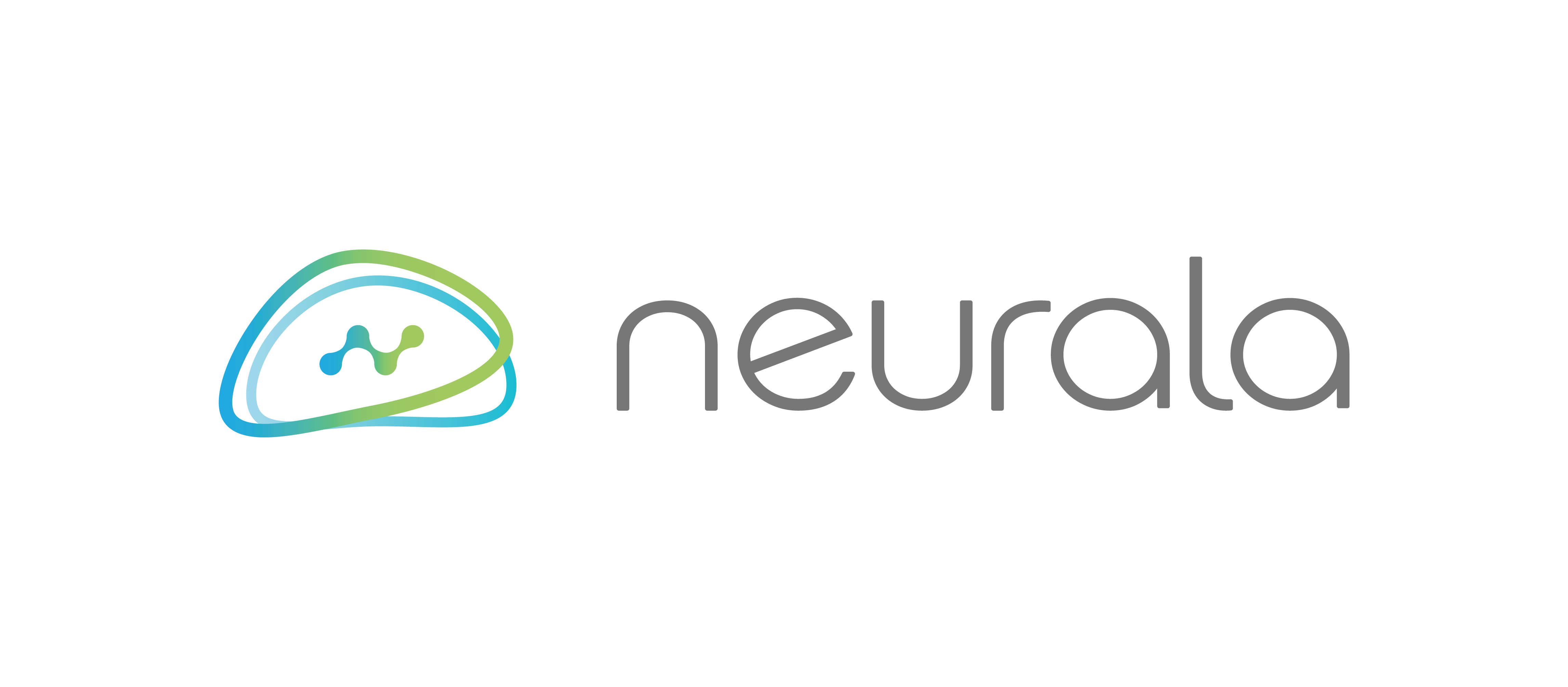3 Ways AI is Changing The Way We Work
Content originally presented in Neurala CEO Max Versace’s presentation at MIT’s Future Compute. Watch Max's Future Compute Presentation below.
Throughout history, it is well documented that emerging technologies have rarely been greeted with open arms. In fact, in the 1960s during the introduction of computers, many people feared these devices and some even refused to adopt this beneficial technology. Today, the same can be said about AI adoption. Here we have this paradigm-shifting technology with a wide range of applications and people are hesitant to fully utilize it. In an attempt to pacify the naysayers, here are three real world examples of AI changing the way we work for the better.
Robotics
You may have already noticed a robot monitoring the aisles of your local grocery store. The function of the robot may not be immediately apparent, but it has a very important job. This robot, produced by Badger Technologies and powered by Neurala’s visual AI, detects spills on the floor and notifies the human workers of the location of the spill to clean up. Why is this important, you may ask? Annually, spill related accidents cost grocery stores millions of dollars. If grocery store spills are not cleaned up after 20 minutes, the store is liable for any subsequent accidents. By notifying human workers of spills in the store, Marty has drastically reduced the time from spill to clean up, reducing cost liabilities and making the grocery store a safer place.
Drone Inspection
Another useful application of AI is in drone inspection environments. AI powered drones can go places that are dangerous for humans to go. The drones inspect structures like wind turbines, power distribution grids, oil and gas infrastructures and bridges, to name a few, looking for defective components or structures. During the inspection, the drones collect terabytes of data that can take hours for a human to review. AI augments the humans’ work by processing terabytes of data in a fraction of the time and presenting only the images of defects, corrosion or anomalies. This not only results in a tremendous saving of cost and time, but also lives, because of the dangerous environments some of these inspections present.
Industrial Inspection
A third example where the rewards of AI implementation are being felt is in the manufacturing industry. In manufacturing, there is talk about how more jobs are being created and brought back to the United States. Manufacturers, however, are struggling to fill these jobs since many people see manufacturing jobs as undesirable. Not only do workers not want these jobs, in some instances, humans physically can’t do them. For instance, many manufacturing production lines move quickly, rapidly producing products. For the quality assurance process, humans simply cannot keep up with the rate of product output. This task is also monotonous and requires acute focus for hours on end. Humans get fatigued. AI is able to process images taken from visual inspection systems tirelessly and at a much faster pace than humans, increasing the efficiency of the production line and increasing product quality, while also addressing the labor shortage in these undesirable jobs.
These are just three real life use cases where AI is changing the way we work. What will the workforce look like when AI implementation is more prevalent? Jobs in enterprises that adopt AI will be less dull, more appealing, scalable, less repetitive, and less dangerous. Today, jobs that are being augmented with AI are positioned to help humans reach new peaks of productivity.
